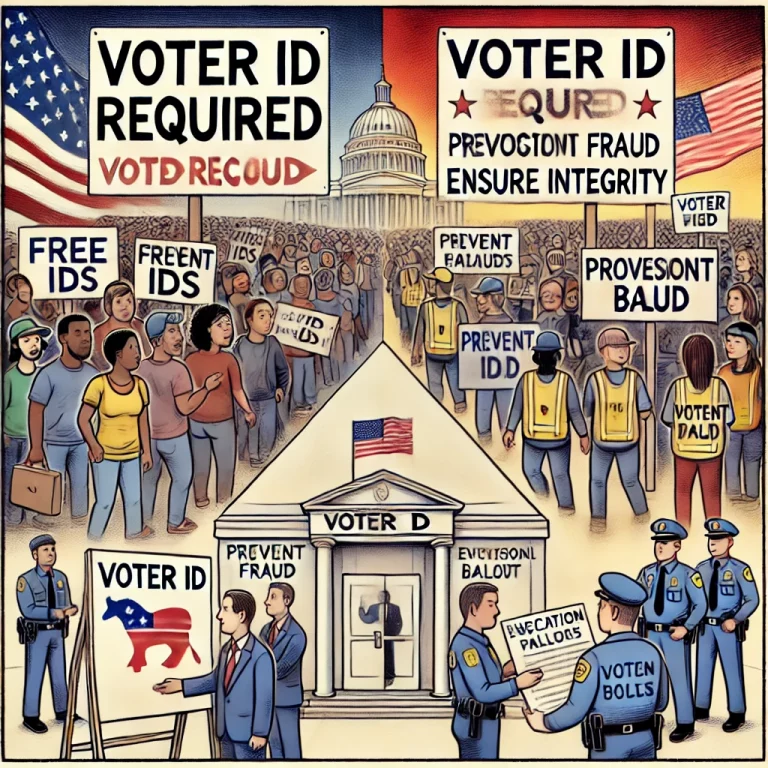In the digital age, while transparency combats disinformation and builds trust, its absolute pursuit can sometimes lead to unintended negative outcomes.
In our hyper-connected world, transparency is often hailed as a universal remedy for mistrust and misinformation. It’s the cornerstone of authentic interactions and informed decisions. Yet, the path to clarity is not as straightforward as it seems. Our exploration begins with the digital realm’s double-edged sword: user-generated content, particularly online reviews, and its impact on consumer perception and behavior.
Unveiling the Illusions: Herding, Fake Reviews, and Information Overload
Picture this: You’re planning a trip and rely on top-rated travel experiences. But how often has the “number one” destination fallen short of expectations? This discrepancy usually results from herding behavior, where the majority’s opinion sways individual judgments, overshadowing personal experiences. Add to this the murky waters of fake reviews, and the quest for truth becomes even more complex.
The flood of unfiltered information can lead to decision paralysis. But there’s hope. By applying smart information design, platforms can create a balanced user experience, aiding users in navigating the sea of data without drowning in it.
Striking the Right Balance: The Art of Selective Sharing
The principle of measured transparency extends beyond digital platforms. From the nuances of workplace communication to the intricacies of social media interactions, the strategic sharing of information can foster harmony and constructive dialogue. Yet, the key lies in knowing when to share and when to hold back to prevent misinformation and maintain a positive user experience.
The Path Forward: Embracing Transparency with Caution
While transparency remains a pivotal strategy in combating disinformation and building trust, its application must be judicious. Absolute openness isn’t always the answer, but thoughtful transparency, tailored to context and audience, can pave the way to a more informed and harmonious society.
Further reading:
- Frontiers in Psychology for understanding the psychology behind transparency and trust.
- Harvard Business Review’s insights on when transparency might backfire.
- Healthline on the psychological impacts of hiding feelings.




